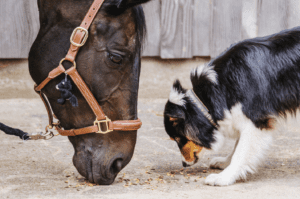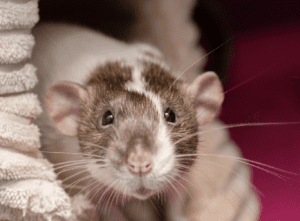Euthanasia Techniques
Preserving Memories and the Bond Before Pet Euthanasia
I’m proud to be a nostalgic person who loves creating memories I can reminisce over. Reflecting on the life of my pets is a perfect example. Pets are woven into…
Read MoreActive Signs of Death During Pet Euthanasia and How to Reduce Them
Long have veterinarians tried to reduce active signs of death during pet euthanasia. A quiet death, with minimal to no movement from the pet’s body, is always preferred. Seeing a…
Read MoreCAETA Euthanasia Case; Rosie the elderly rat
The Companion Animal Euthanasia Training Academy (CAETA) invites you to consider the following fictional euthanasia case and reflect on how to proceed. After reviewing the case, read the questions and…
Read MoreHow Veterinary Social Workers Can Improve Euthanasia Appointments
This past weekend, I had the pleasure of partaking in the 8th annual Veterinary Social Work summit hosted by the IAVSW. This was not my first time attending this event,…
Read MoreProving Pet Ownership Before Euthanizing
Without question, pet euthanasia is a final and irreversible procedure. The decisions leading up to it are taken seriously by both parties, veterinarian and pet owner. There has to be…
Read MoreBeyond “Sorry for Your Loss”; Using authentic, sincere communication during pet euthanasia
Have you ever noticed how many times a day a veterinary professional says or writes, “Sorry”. When bringing this point to the forefront, many veterinary team members are surprised by…
Read MoreSetting Boundaries and Expectations Around Pet Euthanasia
Helping pet patients with euthanasia as they reach the natural end of their life remains one of my greatest honors. Those of you out there doing the same know what…
Read MoreCAETA Euthanasia Case; Tommy the edematous dog
The Companion Animal Euthanasia Training Academy (CAETA) invites you to consider the following fictional euthanasia case and reflect on how to proceed. After reviewing the case, read the questions and…
Read MoreWhat It’s Like to Euthanize Animals at the Local Animal Shelter as a Locum
Euthanizing companion animals is a familiar part of our culture, and it occurs at the veterinary hospital, the home, or the animal shelter. Animals deemed too sick or unable to…
Read MoreApproaching Clients’ Euthanasia Decisions with Less Judgment
Deciding to euthanize a beloved family pet is hard work for most clients. It’s hard for them to know what’s best as their pet ages, succumbs to a disease, or…
Read More










